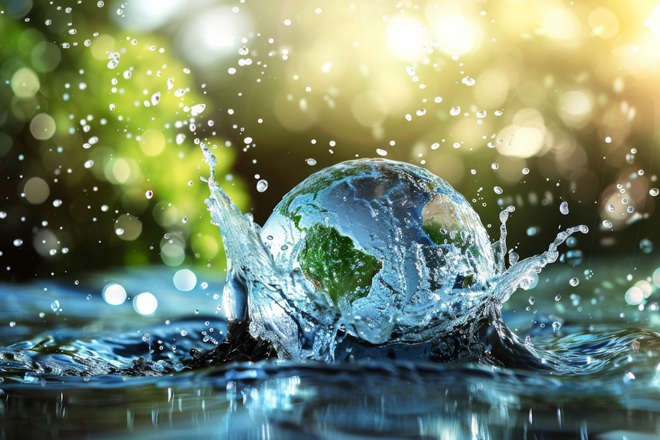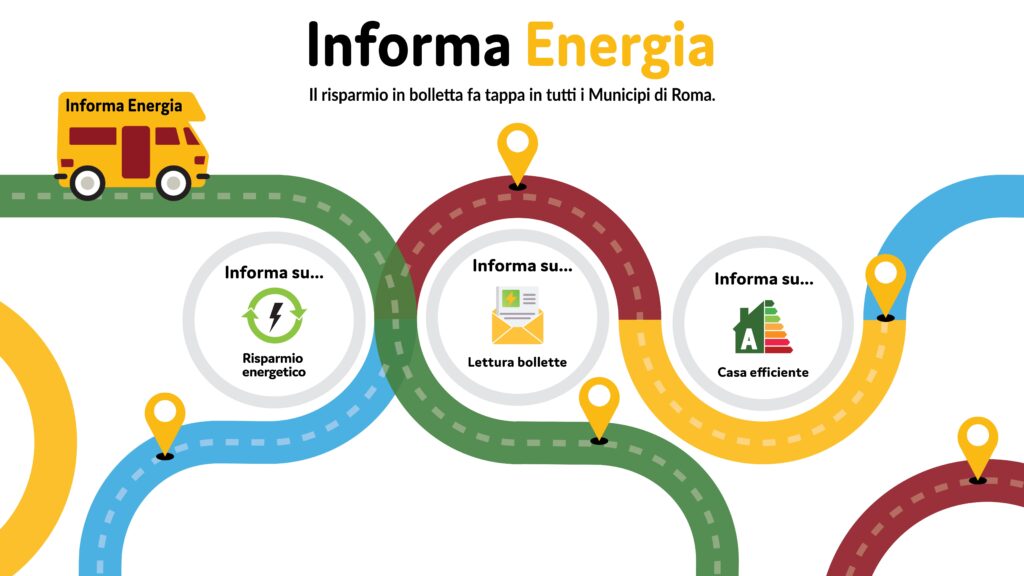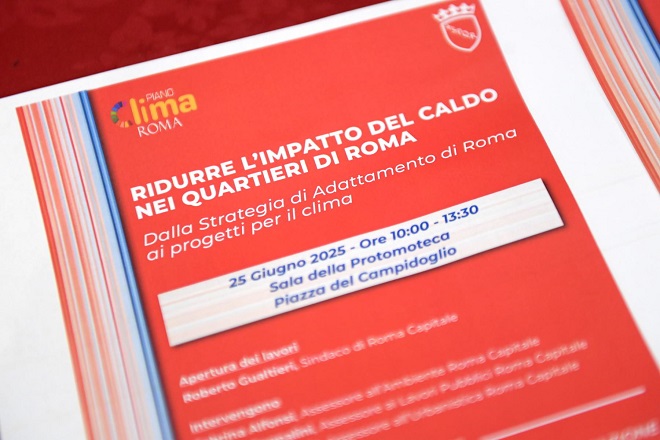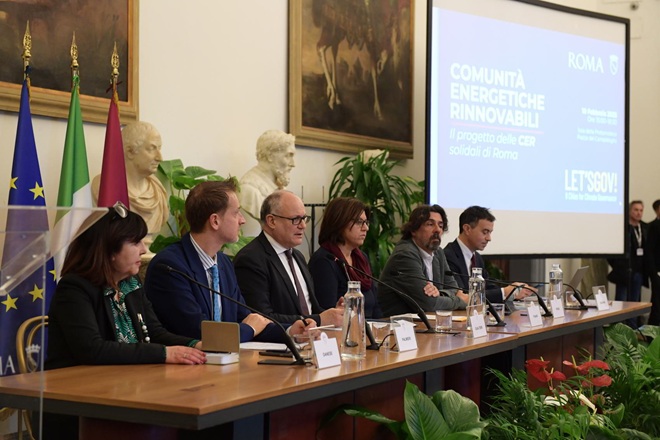The conference “Water, the priorities of recovery and reuse” which opened the implementation phase of the first Roma Capitale Climate Adaptation Strategy approved on January 14 by the Capitoline Assembly. In the Strategy, water management was identified as a priority with respect to a global temperature rise scenario that, as we know, is already a reality.
The meeting highlighted the issue of water resource management in all its urgency in the face of increasingly recurring and long periods of drought, accompanied by heat waves followed by alternating heavy rains and floods. In Rome, investments of 2.6 billion euros are underway to secure water supplies, while Acea has already significantly reduced losses, lowering them to 27 percent compared to a national average of 41, thanks to network modernization and digitization works. Work is also underway to build the second hydraulic tunnel of the Peschiera aqueduct with an investment of 1.2 billion and to carry out interventions overdue for years in many suburbs on sewer networks and collectors.
The conference addressed what is the major new challenge facing all urban areas: that of water recovery and reuse. For Rome, it means reducing consumption of water that comes from the Apennines or from wells that draw it from increasingly distressed aquifers. In fact, today it is possible to use water that comes from sewage treatment plants, recovery and recycling. For example, to wash roads, for public heavy vehicles, to deal with fires and fuel production and agricultural activities, or to water parks, gardens and trees.
In 2024, 261 million cubic meters of water were consumed in Rome, including residential, industrial and artisanal, agricultural and other city uses. In the same year, Rome’s water purifiers, managed by Acea Ato 2, treated more than 488 million cubic meters of water. These are numbers that make one understand the potential that exists to replace drinking water (used for 95 percent of consumption) with purified water.
The goal of Roma Capitale is therefore to accelerate in the direction of water recovery by involving all institutional and economic actors, to delve into the regulatory barriers to be overcome, the potential for reuse and investment choices. From large projects involving water purifiers to smaller ones, such as the potential recycling of water from the so-called “nasoni,” the public drinking water fountains that represent a heritage of our city and that we want to defend and extend.
Today, water management is one of the most important laboratories for environmental innovation, research and work in the world. And Rome wants to be a protagonist in this challenge with new and important projects that already see Acea as a protagonist with five ongoing projects for about 15 million euros of investment for the reuse of sewage water for agriculture, productive activities, civil uses, and with new projects to be launched in collaboration with Ama and Atac for means and facilities, and with the Environment Department for the irrigation of Rome’s parks.
The Capitol’s Department of Environment and ISPRA are carrying out an increasingly extensive monitoring of wells in parks to check the health of the water table and understand solutions to strengthen forestation projects, biodiversity, and the fight against heat waves, including through the recovery and reuse of water for irrigation. This is what, for example, is being done in urban gardens with containers for collecting and reusing rainwater or in the new Corviale Park through sustainable solutions, including the rain garden, based on rainwater recovery.
Together with businesses, we want to push and incentivize all the potential for recovery and reuse within the plants and use the water coming out of the sewage treatment plants for all compatible functions, to have certain supplies, as today the wells cannot guarantee due to the situation of the water table.
“Roma Capitale continues its efforts to address one of the most urgent challenges of our time: climate adaptation and sustainable management of water resources. Water is in fact an increasingly precious resource and our territory is already exposed to extreme phenomena, but it is also the subject of unprecedented investments to ensure safe and efficient water management together with Acea with increasingly better results in reducing losses in the water network. In parallel, we must decrease consumption of precious spring water through new water recovery and reuse projects, on which Rome is already an innovation laboratory that we want to accelerate by involving all institutional and economic actors. Today is the first stage of a path of new and ambitious work so that water reuse increasingly becomes a central element of our climate strategy, in which safety, innovation and urban livability are held together ” commented Mayor Gualtieri.





